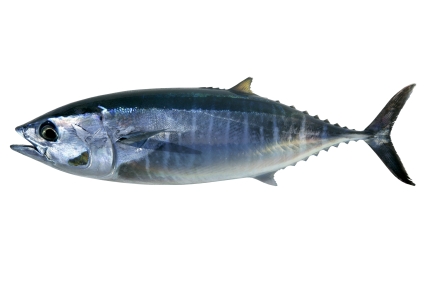
by admin | Dec 21, 2010 | Natural Facts, Newsletter thru 2013
While most Americans eat way too much of the omega-6 oils found in meats and most vegetable oils, they suffer a relative deficiency of the omega-3 oils — a situation that is associated with an increase risk for heart disease and about 60 other conditions including...

by admin | Dec 21, 2010 | Natural Facts, Newsletter thru 2013
Enzyme preparations are one of the most useful nutritional supplements available. Enzymes are molecules that speed up chemical reactions – they either help build new molecules or they split the bonds that join molecules together to break them into smaller units.In the...

by admin | Dec 21, 2010 | Natural Facts, Newsletter thru 2013
Black cohosh (Cimicifuga racemosa) is without question the most popular natural approach to menopausal symptoms. Its popularity has been increasing in part because of all of the negative press on Hormone Replacement Therapy. Specifically, last year the National...






